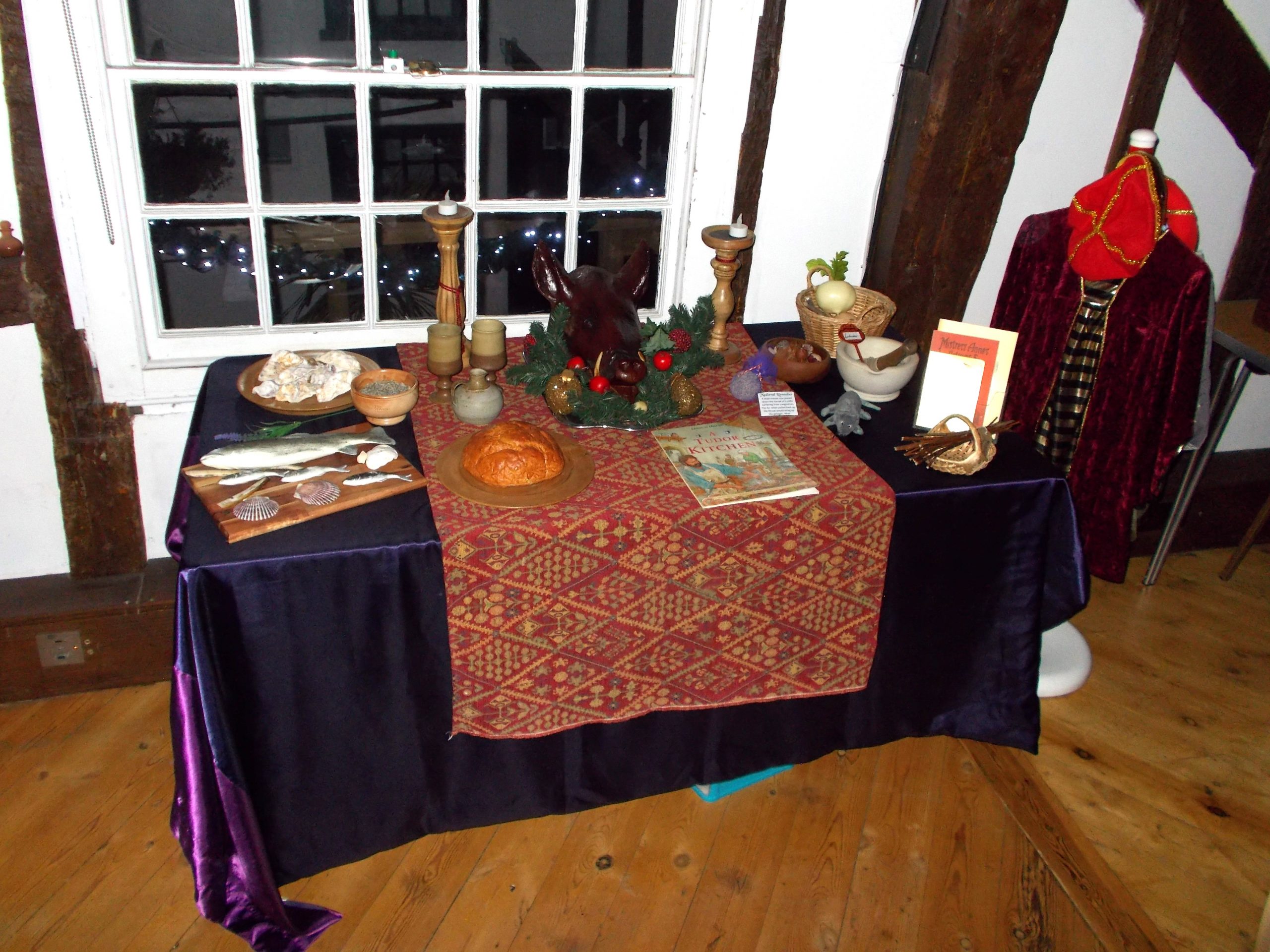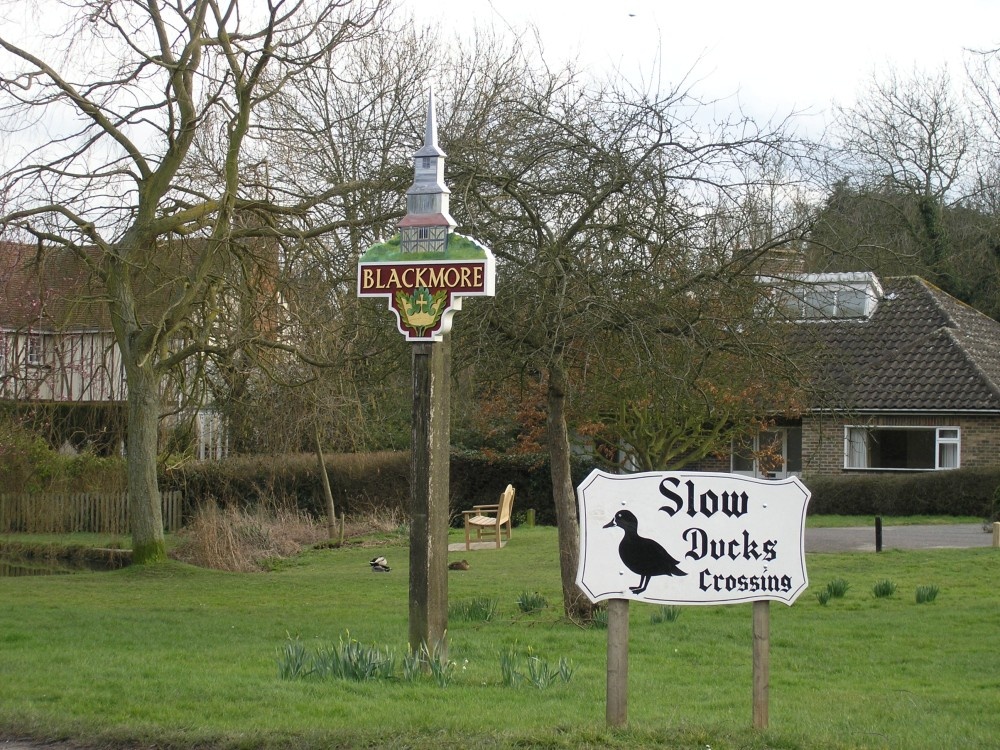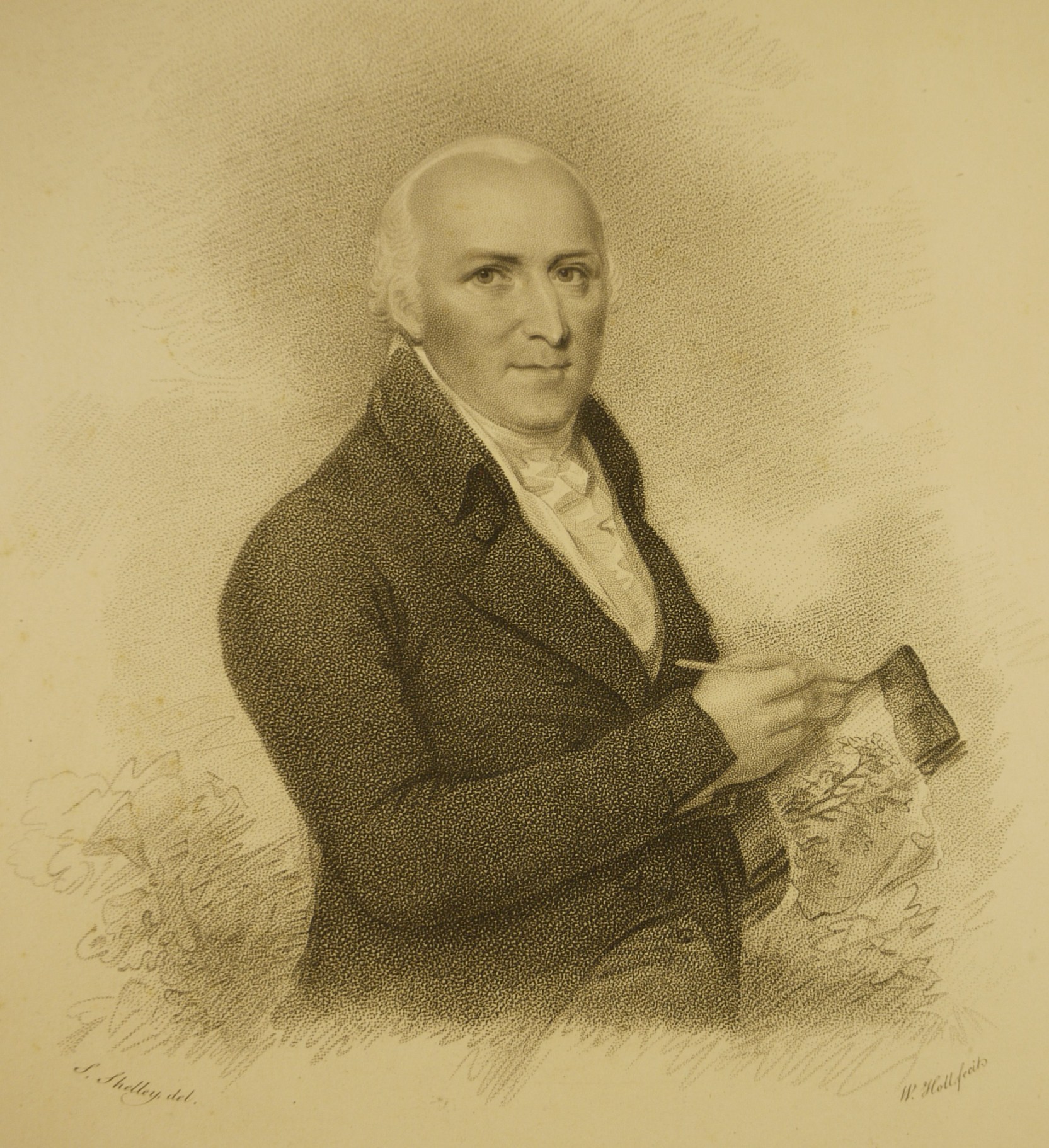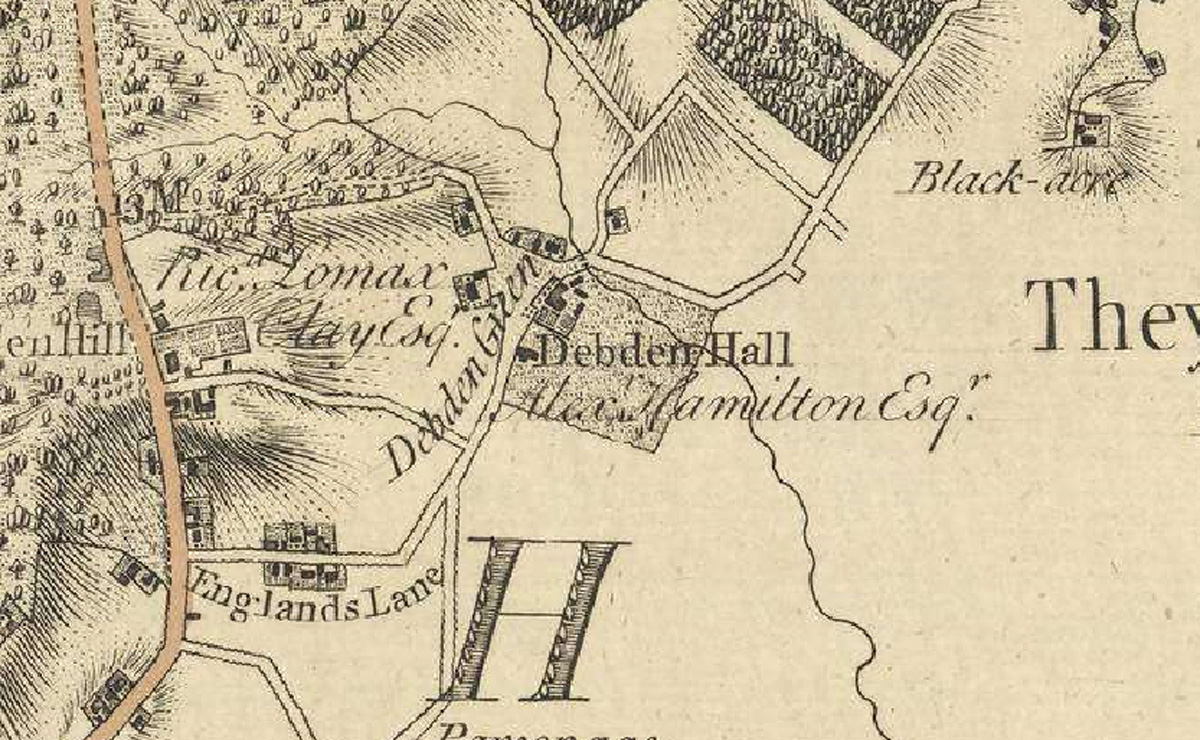As we are now in the “run up” to Christmas it seemed appropriate today to see how Christmas might have been celebrated in Tudor times.
To help uncover the facts, I was very pleased today to be joined once more by MIKE DAVIES of the Rayleigh Town Museum.
It was immediately apparent that there would have been a huge difference between how the event would have been celebrated by the monied classes and the rest of us, but generally speaking we can say that Christmas was a time when communities came together, to visit neighbours and tenants.
Certainly the twelve days of Christmas would have been a most welcome break for the workers on the land, which in Tudor times would have been the majority of the people.
For the Tudors, the 40 days before Christmas – sometimes known as ‘Advent’ – was a season of atonement, in which good Christians prepared themselves spiritually for the coming of Christ.
The devout were supposed to do penance and fast – avoiding meat, cheese and eggs – but they seem to have more than made up for this later!
And Christmas Eve was definitely for fasting when you would definitely not be allowed to eat cheese, eggs or meat but there was an established tradition of telling ghost stories by the fireside.
For Christmas dinner, all social classes enjoyed the seasonal favourite, brawn (a dish made from the head of a pig or cow).
But in wealthy households, the first course was traditionally a boar’s head that had been boned and stuffed with forcemeat (a mixture of ground, lean meat); smeared with mustard; dressed in herbs and fruits (with a roasted apple in its mouth); and garnished with gilded rosemary, bay leaves, spices, fruits, or a sprig of yew whitened with egg or flour to make it look as though it had been dusted with snow.
Generally speaking turkey did not appear on the menu until the end of the Tudor period and those with money would probably be tucking into peacock or swan although plum porridge, a thick broth of mutton or beef, boiled in a skin with plums, spices, dried fruits, breadcrumbs and wine was much enjoyed as an appetiser to line the stomach before the rich dinner to come.
This might have included a Tudor Christmas Pie, which would have been a sight to behold, but not one to be enjoyed by a vegetarian as it consisted of a Turkey stuffed with a goose stuffed with a chicken stuffed with a partridge stuffed with a pigeon. All of this was put in a pastry case, called a coffin and would be served surrounded by jointed hare, small game birds and wild fowl. There would also have been small pies, known as chewets which had pinched tops, giving them the look of small cabbages or chouettes.
On top of this were mince pies, known as Christmas Pies which were huge and made with shredded leftover meats – preferably mutton.
Clearly some people lived well and enjoyed much revelry into the bargain!
But all good things had to come to an end and in big households 12th night would have been marked by a sumptuous banquet for which an enormous cake was traditionally baked, containing dried fruit, flour, honey and spices. Inside the cake a bean (or coin) and a pea would be hidden.
But gifts were not exchanged until the New Year.
Here more of my chat with Mike here: –
Well I don’t know about you but the sheer volume of that lot would frighten me to death – which would probably have been the end result of gorging on that little lot.
In the second hour we learnt about an incident which occurred outside a pub in Shropshire.
Ian Russell, who is the managing director of a Shropshire based building supplier, R&B was less than impressed when it was reported to him that an elderly couple had been seen pinching items out of the boot of his car which was parked outside the Crown Pub in Bridgnorth Shropshire.
However it appears that the thieves might be in for more than they bargained for as it has emerged that the stolen bags contained nothing more than a large box of Diarolite.
The miscreants are now reported to be “on the run” which would almost certainly have been the case had they tucked in to a full Tudor Christmas meal!
Hope to see you again tomorrow,
Scott






































